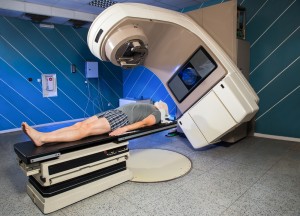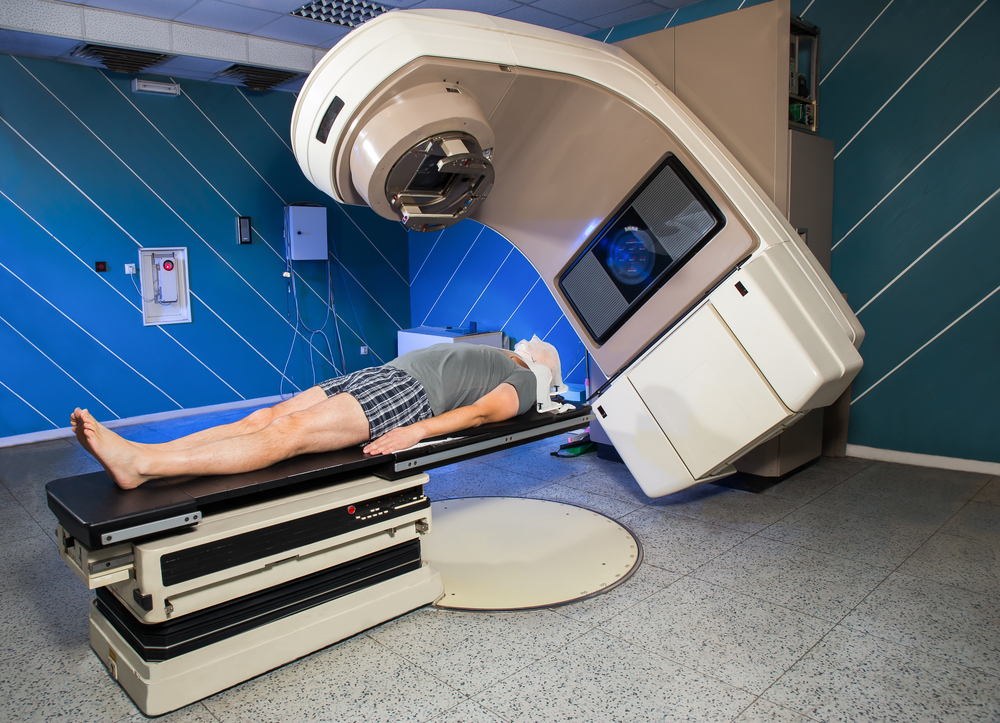 A new study by a team of researchers from the University of California, Los Angeles (UCLA) published recently in the journal Cancer, indicates that over-treatment with radiation therapy and surgery in men with early-stage prostate cancer does not increase life-expectancy and can potentially cause side effects.
A new study by a team of researchers from the University of California, Los Angeles (UCLA) published recently in the journal Cancer, indicates that over-treatment with radiation therapy and surgery in men with early-stage prostate cancer does not increase life-expectancy and can potentially cause side effects.
In a recent press release lead author Timothy Daskivich, MD, said, “Life expectancy is poorly integrated into treatment decision-making for prostate cancer, yet it is one of the primary determinants of whether a patient will benefit from treatment with surgery or radiation. Because these treatments have side effects such as erectile dysfunction, urinary incontinence and bowel problems, it’s critical for men with limited life expectancies to avoid unnecessary treatment for low- and intermediate-risk prostate cancer.”
The study entitled “Variation in treatment associated with life expectancy in a population-based cohort of men with early-stage prostate cancer”, sampled 96,032 men ( ≥66 years old) diagnosed with early-stage prostate cancer (Gleason scores ≤7) between 1991 and 2007. Data was collected from the Surveillance, Epidemiology, and End Results-Medicare database. The researchers examined the incidence of other-cause mortality and determined treatment patterns among subgroups defined by age and comorbidity.
The results from the analysis revealed that life expectancy of less than 10 years differed between four distinct age groups. Respectively, the researchers found that men aged 66-69 years were over-treated with radiation, surgery or radioactive seed implants 68% of the time; those aged 70-74 years were treated aggressively 69% of the time; those aged 75-79 received aggressive treatment 57% of the time, and those aged 80 and older were treated aggressively 24% of the time. Multivariate analysis found little variation in the probability of aggressive treatment by comorbidity status between the subgroups despite differences in mortality.
[adrotate group=”1″]
“Describing treatment trends by both age and health status is key, because younger, sicker men may have life expectancies of less than 10 years, while older, healthier men may have life expectancies longer than 10 years. This information will help men with newly diagnosed low- and intermediate-risk prostate cancer understand their likelihood of living long enough to benefit from aggressive treatment. It will also raise awareness among clinicians that a large number of men older than 65 are at risk for having life expectancies of less than 10 years. Hopefully, these results will promote integration of this information into treatment decision-making discussions,” Dr. Daskivich added. “We hope that this information will promote greater awareness of the role of life expectancy in treatment decision-making for men with low- and intermediate-risk disease,” he concluded.


